- Why Choose OEM Over Wholesale Finished Goods?
- Evaluating the 10 Key Factors for Selecting an Abaya OEM Manufacturer
- How to Verify the Authenticity of an Abaya OEM Manufacturer
- Collaboration Process: From Design to Delivery
- FAQ
- Conclusion
How to Choose the Right Abaya OEM Manufacturer for Your Brand
Choosing the right Abaya OEM manufacturer can make all the difference in your brand’s success. Whether you’re starting your fashion line or scaling it, a reliable OEM partner is crucial to ensuring your products reflect your brand’s identity while maintaining high quality. But how do you choose the right one? This guide will walk you through everything you need to know to find the best Custom Abaya factory or Private label Abaya supplier for your needs.
Why Choose OEM Over Wholesale Finished Goods?
If you’re considering starting your Abaya line, you may be tempted to go the easier route of purchasing ready-made garments from a wholesaler. But here’s why choosing an OEM Abaya manufacturer is the smarter choice:
- Control over Design: With OEM manufacturing, you have full control over the design, materials, and customization of your Abayas. This allows you to tailor each piece to your brand’s unique identity, which is something off-the-shelf wholesale products can’t offer.
- Brand Identity: Choosing OEM lets you create something truly yours. Wholesale products typically have limited design flexibility, which means your brand may not stand out in the crowded Abaya market.
- Quality Assurance: When you work with an OEM, you can set clear quality standards and ensure every batch meets those expectations. This kind of quality control is often difficult to implement with wholesale goods.
- Profit Margins: OEM manufacturing typically allows you to save costs in the long run. You can negotiate better prices for large orders and have better control over your profit margins compared to wholesale purchases.
By opting for an OEM Abaya supplier, you’re not just selling a product, you’re selling a custom piece that speaks directly to your target audience. Ready to learn more about how to evaluate the right OEM supplier? Keep reading!
Evaluating the 10 Key Factors for Selecting an Abaya OEM Manufacturer
Once you’ve decided to go the OEM route, the next step is choosing the right manufacturer. Here are 10 key factors to consider when evaluating an Abaya OEM manufacturer:
1. Minimum Order Quantity (MOQ)
MOQ is crucial in determining whether a supplier can meet your production needs. An MOQ that’s too high could limit your flexibility, while a lower MOQ might not be cost-effective. The sweet spot typically lies between 300–500 pieces per style, but this depends on your specific requirements.
2. Sample Production and Customization
Before you place a full order, ask for samples. A reputable Custom Abaya factory will provide samples that reflect their quality standards. Ensure that they’re flexible when it comes to modifications and customizations.
3. Fabric Quality
Abayas are known for their high-quality fabrics. Ensure your supplier can offer a range of luxurious, durable materials. Ask for swatches to test the feel and quality of the fabric before committing to large orders.
4. Quality Control and Compliance
Quality control is the backbone of any successful OEM relationship. Look for factories with in-line and post-production quality checks. Certifications like ISO 9001 and OEKO-TEX are indicators of their commitment to high standards.
5. Lead Times and Delivery
Time is money. You need a supplier who can meet your deadlines. Make sure to verify the factory’s typical lead time for production and delivery, and factor this into your inventory planning.
6. Certifications and Standards
Certifications ensure that the manufacturer adheres to ethical practices and quality standards. Look for Abaya OEM manufacturers that are BSCI or WRAP certified for social responsibility, and those with environmental certifications like OEKO-TEX.
7. Cost Efficiency
While price should not be the only deciding factor, it’s an essential consideration. A reputable Private label Abaya supplier should offer competitive prices without compromising on quality. Don’t hesitate to get quotes from multiple suppliers and compare them.
8. Communication and Support
Clear communication is key to successful partnerships. Test the supplier’s responsiveness, language proficiency, and ability to provide timely updates on your orders.
9. Factory Location
Consider the factory’s location relative to your business. Proximity to your target market can reduce shipping costs and delivery times, especially if you’re targeting specific regions like the Middle East or Southeast Asia.
10. Reputation and Reviews
Look for reviews and testimonials from other businesses that have worked with the factory. A factory with a proven track record of satisfying clients is likely to provide better results.
How to Verify the Authenticity of an Abaya OEM Manufacturer
When it comes to Abaya OEM manufacturers, not all factories are created equal. Here’s how you can verify the credibility and reliability of a supplier:
1. Factory Visits
If possible, visiting the factory in person is one of the best ways to assess their capabilities. Check out their production process, machinery, and working conditions. If a visit isn’t feasible, request a virtual tour of the facility.
2. Certifications and Documentation
Ask for the necessary certifications to ensure they meet industry standards. A legitimate Custom Abaya factory should have no problem providing documentation like ISO certificates or ethical sourcing proof.
3. Customer Case Studies and References
Request client references or case studies of previous collaborations. Speak with other brands that have worked with the manufacturer to get a first-hand account of their experience, especially regarding quality, communication, and delivery.
Collaboration Process: From Design to Delivery
Working with a Private label Abaya supplier should be a smooth and transparent process. Here’s what to expect when you collaborate with an OEM factory:
1. Initial Design and Customization
It all begins with design. Share your vision, sketches, or samples with your manufacturer. Be clear about the styles, fabrics, and finishes you want to see in your collection.
2. Prototype Approval
Once the manufacturer has produced the initial prototypes, they will send them over for your approval. This is where you confirm the quality and make any necessary adjustments.
3. Bulk Production
After prototype approval, the manufacturer moves to bulk production. Throughout this stage, ensure that quality control measures are strictly followed to meet your specifications.
4. Packaging and Shipping
Once the products are ready, they are packaged according to your requirements. Then, your supplier will arrange for shipping, ensuring timely delivery to your warehouse or distribution center.
FAQ
Q1: What is an OEM Abaya manufacturer?
An OEM Abaya manufacturer produces Abayas according to your custom design and specifications. You retain control over branding, style, and materials, while the manufacturer handles the production process.
Q2: How do I choose the right Abaya OEM manufacturer?
Consider key factors such as MOQ, lead times, fabric quality, and certifications. It’s also important to check references, sample products, and factory capabilities to ensure they meet your brand’s standards.
Q3: Why is it better to choose OEM over buying wholesale Abayas?
Choosing OEM allows you to create custom-designed Abayas tailored to your brand, ensuring better quality control, branding, and higher profit margins, unlike wholesale which offers limited customization.
Q4: What certifications should an Abaya OEM manufacturer have?
Look for certifications like ISO 9001 (Quality Management), BSCI (Social Responsibility), and OEKO-TEX (Textile Safety) to ensure high-quality standards, ethical labor practices, and eco-friendly manufacturing processes.</p


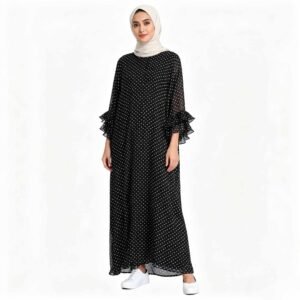
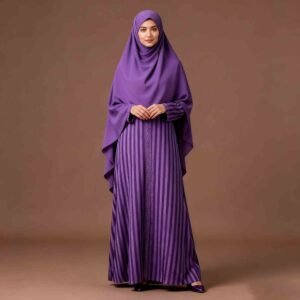
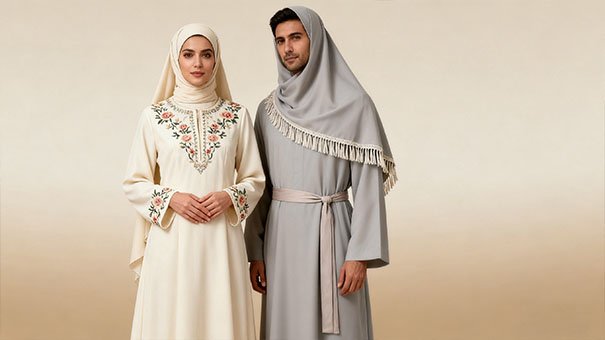
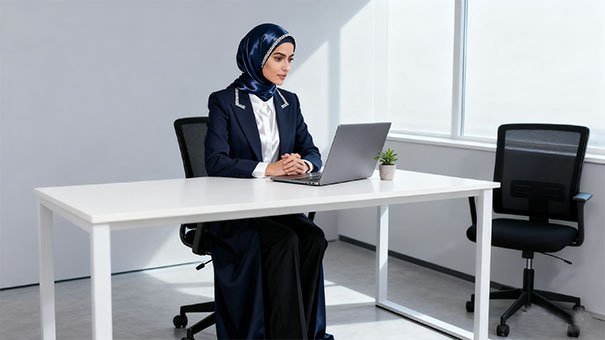

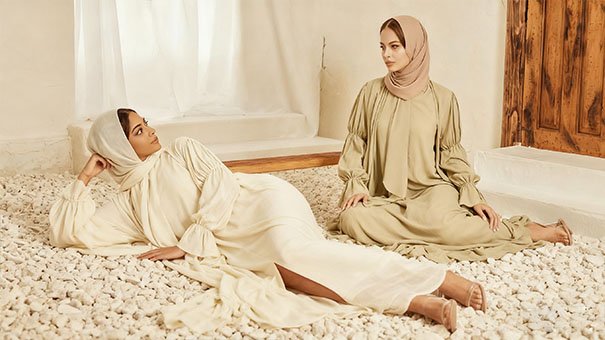
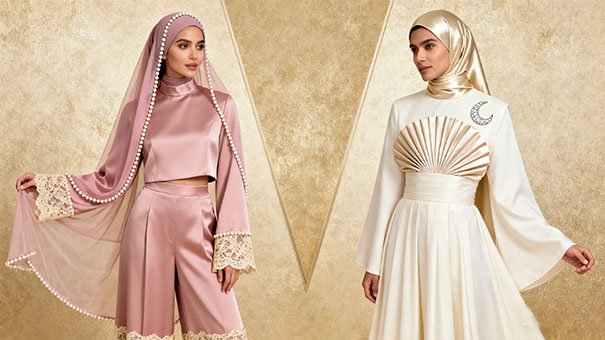
One Comment